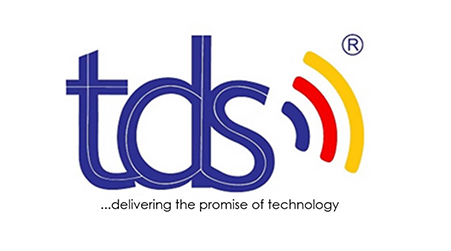
Scalability, as defined by suse, is the ability of IT systems such as applications, storage, databases, and networking to continue functioning correctly when size or volume changes. In most cases, this refers to increasing or decreasing resources as needed to meet the higher or lower demands of a business.
It has become imperative for businesses and IT departments to consider the pros and cons of scaling their IT infrastructure to meet their strategic business priorities. However, cloud scalability offers more appeal in terms of flexibility.
From a technological point of view, scalability can either be vertical or horizontal.
Vertical scalability which is also referred to as scaling-up, increases the capacity of hardware or software by adding resources to a physical system, such as adding processing power to a server to make it faster. For scale-up storage, this means adding more devices, such as disk drives, to an existing system when more capacity is required.
On the other hand, horizontal scalability (scale-out) connects multiple items to work as a single logical unit. For scale-out storage, this means adding devices in connected arrays or clusters. Each cluster can have many nodes (devices), and the nodes can be separated geographically.
Is your business on Cloud? or do you want to improve the way you work? We would be happy to walk you through your digital transformation journey. Contact us now via info@tdstechng.com



